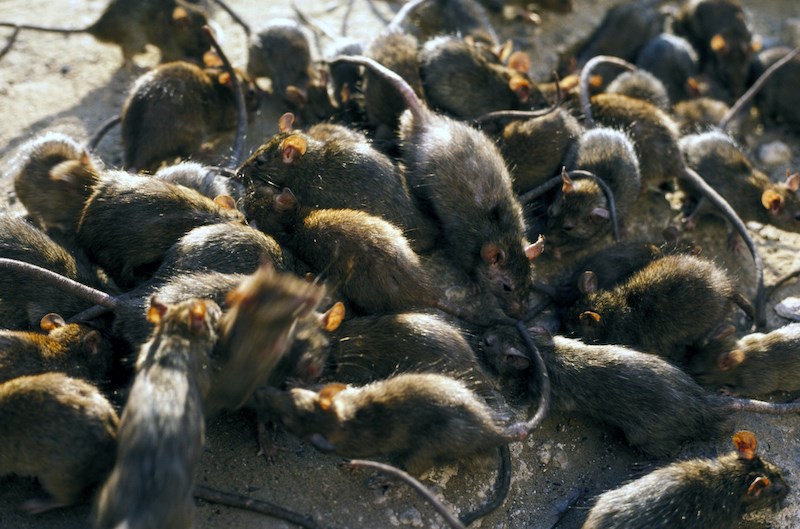Has unseasonable warmth sparked an increase in rat populations in the Lower Mainland?
While you might see more rodents scurrying around in the winter sunshine, warmer Metro Â鶹´«Ã½Ó³»weather likely isn't the source for a surge in numbers.
Pest Detective spokesperson Matt O'Neill says warm weather increases rat activity but not numbers.
"There is no correlation between rats and warm weather. They'll find a nest and breed regardless of the weather," he tells V.I.A.
Rats tend to come indoors when temperatures plunge but they will make nests and reproduce anywhere. Unlike other animals that breed in the spring, they have a short reproductive cycle. If their necessities are met, they will continue to procreate.
While the weather isn't impacting numbers, O'Neill says the Metro Â鶹´«Ã½Ó³»rat population has increased over the past year.
The province's ban on second-generation anticoagulant rodenticides (SGARs) has resulted in an uptick in numbers because it is much more effective. The first-generation ones haven't been banned but they require multiple treatments and are less effective, explains O'Neill.
B.C. banned SGARs because other animals that eat rodents who have consumed it may die; they may also consume it directly from traps that aren't secured.
O'Neill says responsible pest control companies must invest in secure bait traps to prevent other larger animals from accessing the poison. When that happens, the rates of other animals being poisoned are much lower. Pest Detective uses secure traps, which bears can't open, in places where large animals frequent.
We see more rats when the weather is warm
While an increase in numbers may be correlated to the ban on SGARs, the warm weather is responsible for seeing rodents outside.
Record-breaking warmth at the end of January and through December encouraged the rodents outdoors, which meant there were more sightings.
"Warm weather will draw them out," he noted.
In some spots, such as North Vancouver's Victoria Park, legions of rats scurry across the grounds after nightfall. Similarly, a video taken at the Burrard SkyTrain Station showed a jaw-dropping rodent congregation.
Locals have complained about these sites and other popular places over the past year but they also have issues at personal residences. While rats are big — a Norway rat is about eight inches long — they can squeeze into a hole the size of a quarter.
"Pest control companies work with the tools they are legally permitted to use. In some cases, they may ask for a permit to handle an infestation at a food or industrial establishment," O'Neill described.
But even some infestations at private homes get out of hand.
"People call and say they've been bitten by a rat," he said. "We've walked into a hoarder's home and they complain rats are running over the house. Seven or eight running across the floor when we walk in."
The best way to discourage rats from coming into your home is to dispose of garbage immediately, keep your home clean, and seal off entry points. Even if the weather is warmer, they won't pass up free meals and shelter.




